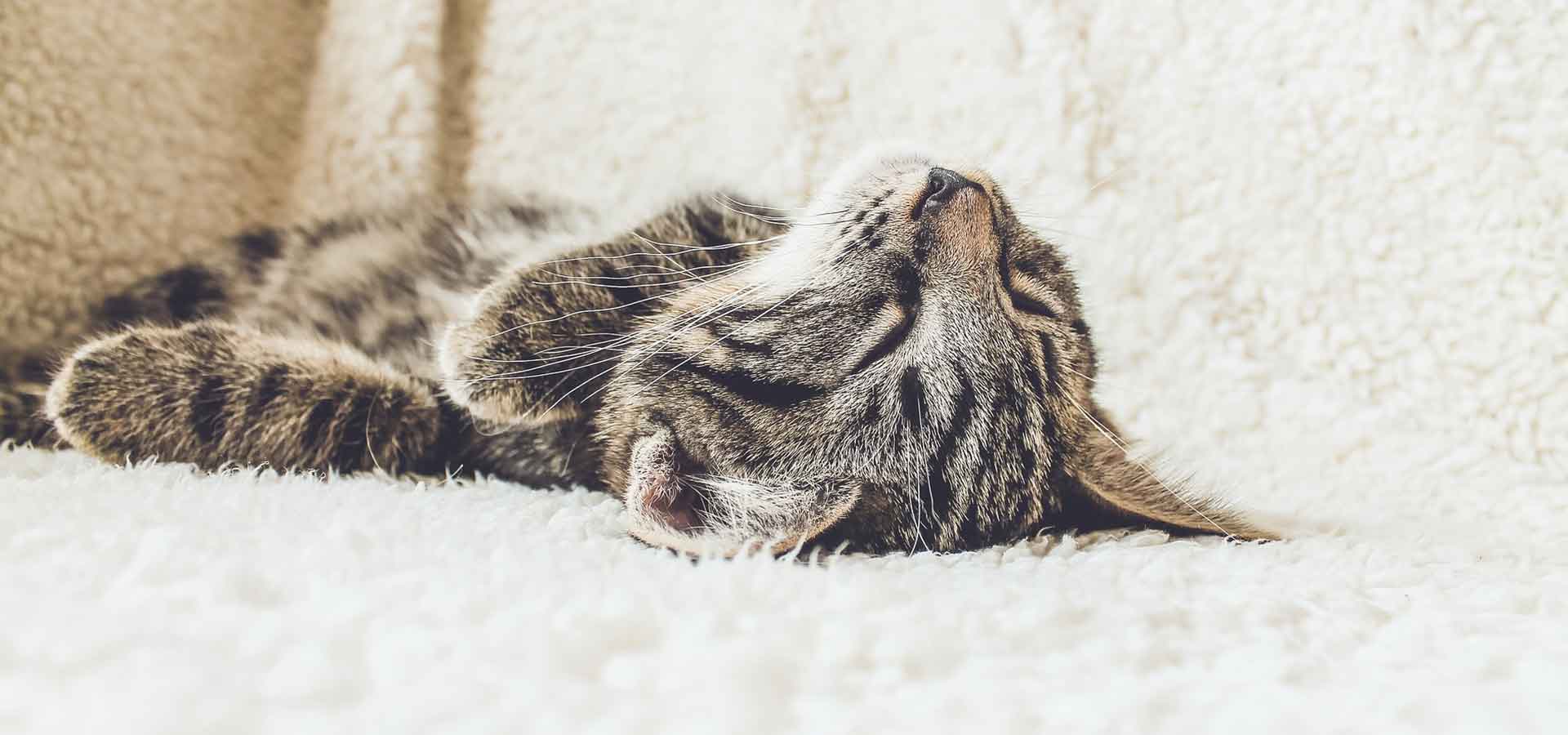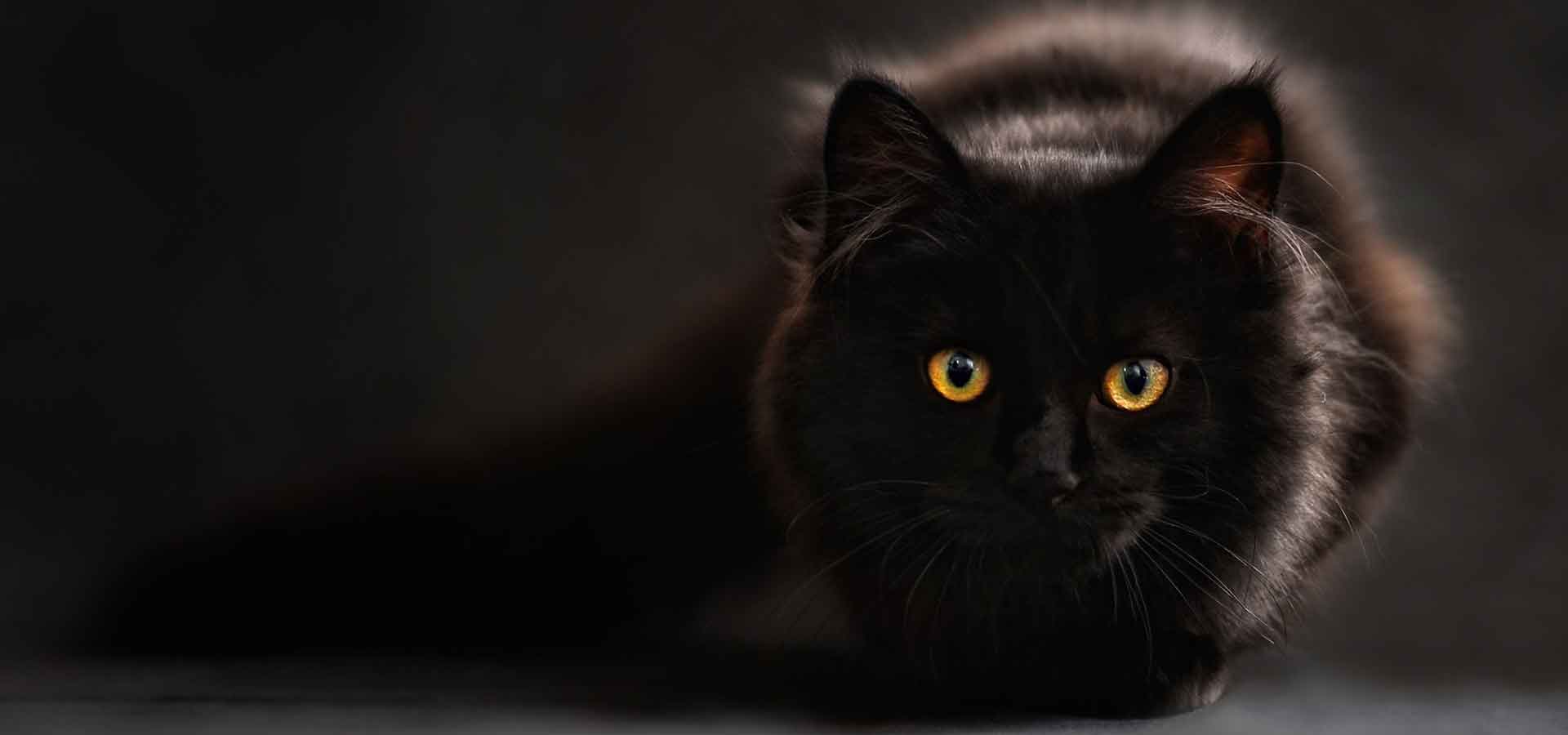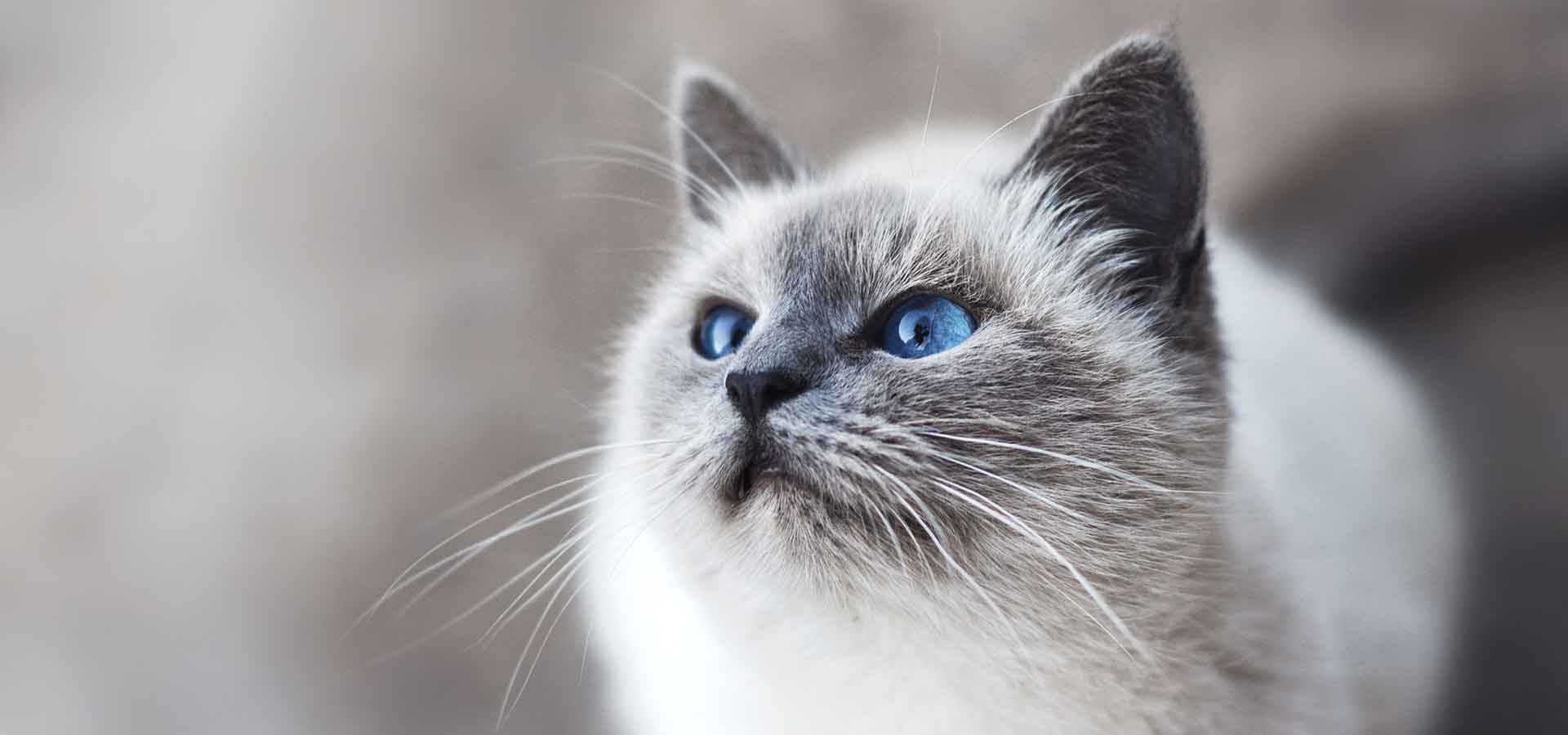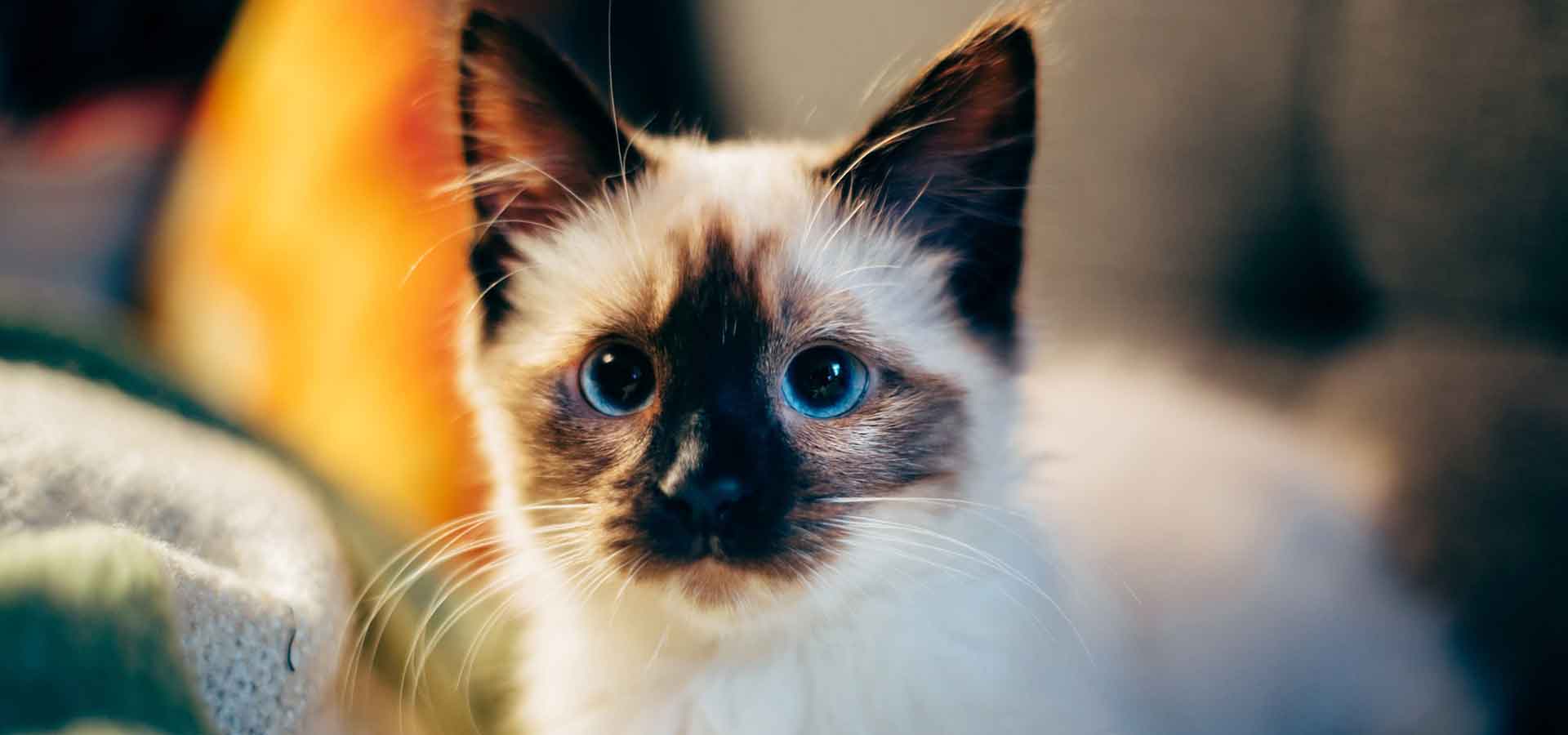On average the domestic cat sleeps more than any other animal. Adult cats sleep anything between thirteen to twenty hours a day, within a twenty-four hour period. Many cat owners want to know why their cat sleeps so much and are there any patterns to their sleep.
To understand your cats sleep patterns better, we have provided further information on cats sleeping patterns.
The importance of cats sleep
All cat breeds need plenty of sleep, which is often caused by their lifestyle and diet. The average Herbivore will need to graze for a few hours to enable them to build up enough energy. Carnivores will feed themselves by small bursts of hunting activities, followed by a yummy rich protein meal. With this, it makes sense for cats to preserve their energy as much as they can, by taking cat naps. The higher the cat's metabolic rate means more strain on their cells which will need to repair during their sleep. This means that cats need a great deal of sleep and should help you better understand why your cat will seize any opportunity for a quick cat nap.
Sleep functions
As with humans, the body repairs itself during sleep. Typically when kittens sleep their growth hormones are released and any disturbance of their REM sleep can cause abnormalities in their visual symptoms.
Sleep Patterns
For mammals, there are two kinds of sleep. REM sleep or Rapid eye movement is when the eyes move rapidly, which signifies spikes of activity in the brain when often the rest of the body is relaxed. For humans experiencing this kind of sleep is often when they dream. Non-REN sleep gives off slow brain activity, some activity with the muscles and is considered to be a lighter type of sleep.
Cats prefer to sleep in several periods throughout the day, as sleeping continuously for long periods of time is considered to be dangerous. They will start in a slow wave sleep, then eventually move on to REM sleep.
Cats have a cycle of sleeping light for about twenty-five minutes, which is then followed by six or seven minutes of REM sleep; then followed by another light sleep.
Cats Daily Cycle
Cats operate the same as humans with the 24-hour circadian rhythm, with their preferred times for sleep and activity. Most people think that cats are actually nocturnal, but, by nature, they are actually crepuscular, meaning they are most active at dusk and then dawn.
Typically a cats sleeping patterns are flexible and they are able to change this to accommodate certain circumstances.
Often our own pet cats will adapt their sleep cycles and activity to suit the family in which they live with. Indoor cats usually sleep all day when their owners are away at work, often springing up and ready for when they return. Cats that do sleep alone throughout the day will most likely revert to their default pattern of activity which is waking their owners up a few hours before dawn. If the owner is at home all day, the cat will probably stay awake during this time and sleep well throughout the night, mirroring their owners sleeping patterns.
Knowing how your cat sleeps and their patterns of activity are very useful for owners. If your cat stays awake during the night, then you might need to increase their levels of activity throughout the day.
Having this knowledge will enable you to understand your cat better and help work towards them fitting in nicely with your home patterns and enabling them to sleep when you and your family sleep.




